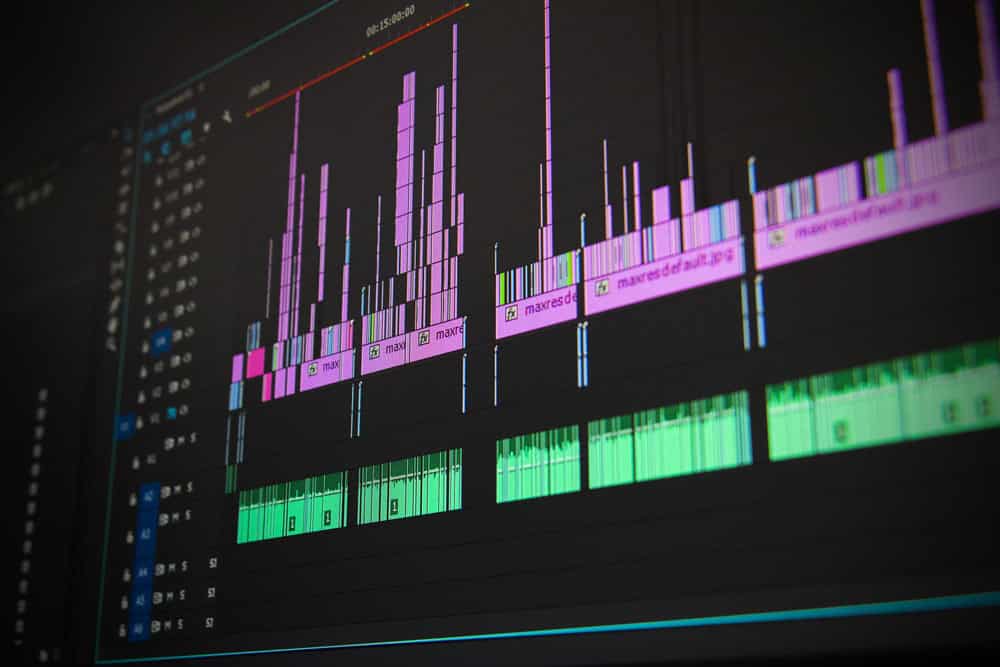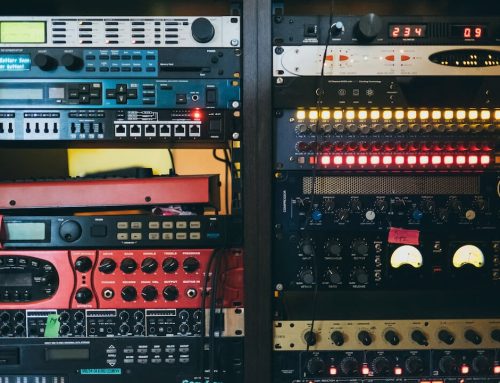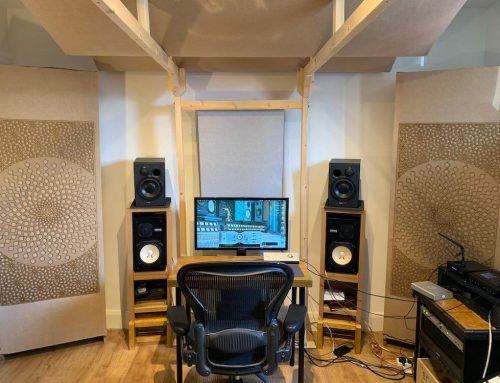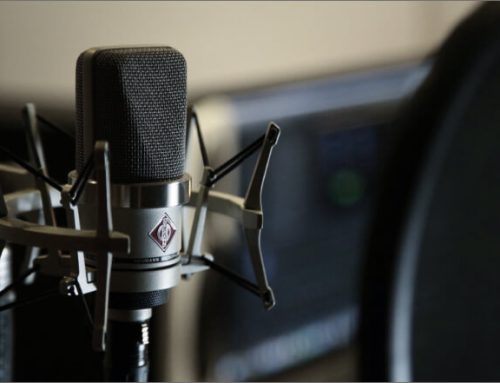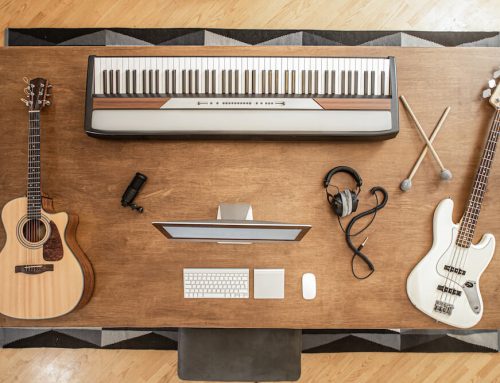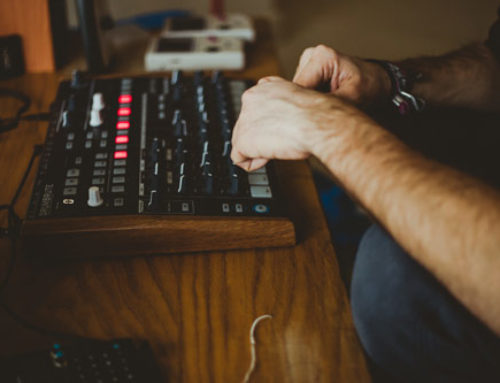Audio mixing is an art form, just like writing music. It takes years to understand how to mix and even after you think you’re making headway, you realize there is a lot further to go.
I’m not going to cover the technical, there are much smarter people than myself that can educate you better, but I do want to address some basic principles that I have found over the years.
Balancing
To do this, start listening to the audio and find the most essential elements of the song. If you’re fans of the legendary mixer(s), Michael Brauer (and many others), you will know that they recommend finding the three most essential elements in the song.
Be aware that this can change from section to section. For example, the verse will most likely have vocals, so they are going to be #1, then it could be piano and a kick drum. However, when you reach the bridge, there may not be any vocals, so you have to start looking around for what else is essential, it could be the acoustic guitar, or maybe bass guitar will fill that role. The point is the listener can only really focus on three elements at any one time; this makes your job easy.
You should be able to push up these elements and then start to build your mix around them. As you begin to introduce each track, if it starts to mask the other instruments, this is when you start to reach for equalization or compression, which nicely segues to my next point.
Equalization and compression
Only do what is necessary. I cannot stress this point enough. If something sounds good, there is no need to mess with it. Sure, if there is a problem or the audio is lifeless and dull, go to town and do whatever feels right to you. If there isn’t anything wrong with it, leave it the hell alone. In audio mixing, this is what separates the professionals from the amateurs. Knowing when not to do something is just as important as knowing when to do something.
Feel
Ultimately we as mixers have the task of portraying the artist’s vision in the mix. But what is their vision?
Always speak to the artist before the audio mixing begins. Discuss with them how they feel about the song? Ask them what the meaning of the song is? Find out as much detail as possible about the emotion of the song. Armed with the artist’s intention and all the information above, you should be able to start to sculpt the track.
As an example, if the artist tells me the song is sad, I can think about making the artist upfront in the mix using light FX to portray loneliness. Whatever the case may be, you should always be working towards the feeling. More often than not, I see youtube videos and tutorials by people trying to get one element to sound impressive, but in my experience, that leads to a lifeless mix.
Automation
You have to use your whole arsenal of trick to get you to this stage, but more often than not, the last 10% of the audio mixing happens here. What is crazier is how many people do not automate and feel like their mix is not at the same level as ‘pro’ mixers.
That’s because they are missing the final step. Automation can take a dull, lifeless mix to a professional sounding record in just a couple of passes. Automation is where I spend a decent amount of time working to make the song come alive.
Don’t just ride the volume, ride everything! If there is too much bass for a section, use a High Pass Filter for a split second and automate it. Ride the reverb tails to add emotion to certain musical ideals or vocal phrases. Nothing is off-limits.
Fun
Most young (in their career) mixers get frustrated as they mix. But if we are not having fun, we are probably not going to end up with a good mix. Likely the issue is focusing too much time on any one element.
That will quickly lead you down a path of frustration because the focus of the song has been lost. Instead of spending 30 mins on any one element, make some quick adjustments and move on.
You can always come back to it, and often you will need to as the song develops. Try to work in broad strokes and remove some of that frustration; you will quickly find that when you start to have fun, your mixes will improve.
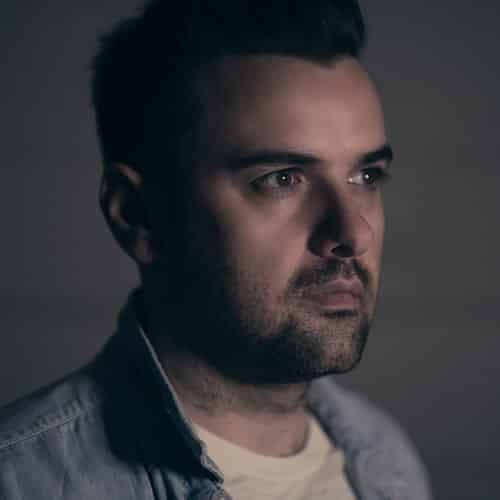
Mixing/Mastering Engineer
Instagram: @daniel.holsinger

